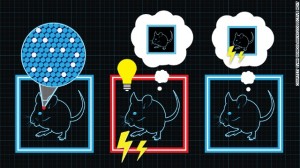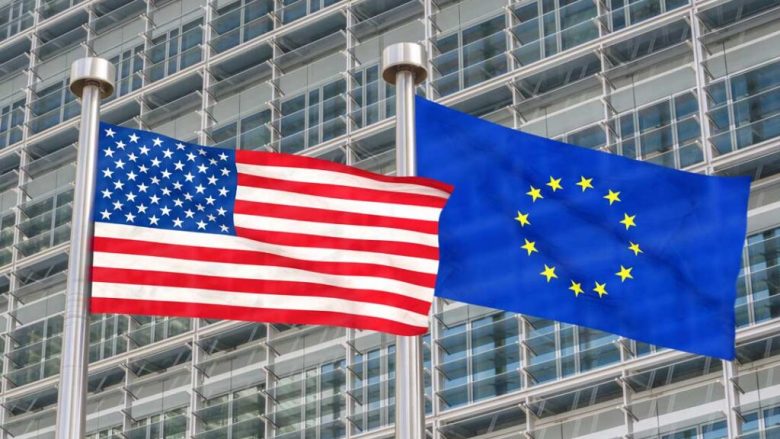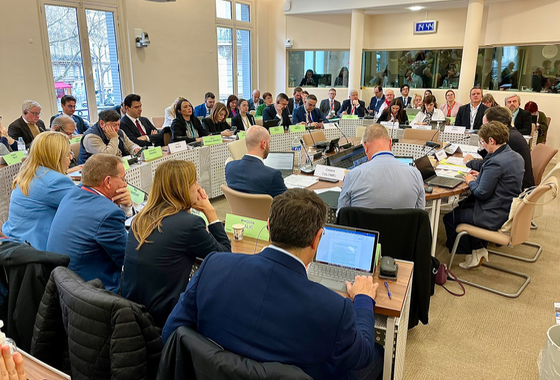Thursday, July 25th 2013

(CNN) — Imagine you’re a mouse, and you’re freaking out right now because a researcher is putting you into a chamber. You distinctly remember feeling shocks to your tiny feet in that chamber.
What you don’t know — cue the creepy music — is that scientists have manipulated your memory by tinkering with your brain cells, giving you a false version of your own past. The truth is that, in this particular chamber, you were never actually shocked.
This sounds like a horror film, but it actually happened in a laboratory setting. And the research being done there could have implications for understanding memory in humans.
Scientists say they have, for the first time, generated a false memory in an animal by manipulating brain cells that encode that information. They published their findings this week in the journal Science.
What’s more, the researchers say, the cellular events involved in the formation of a false memory resemble what takes place in forming a real memory. This jibes with the fact that humans who have false memories of events that didn’t happen firmly believe that those memories are real.
“We should continue to remind society that memory can be very unreliable,” said the study’s senior author, Susumu Tonegawa, director of the RIKEN-MIT Center for Neural Circuit Genetics, a collaboration between institutions in Saitama, Japan, and Cambridge, Massachusetts.
Controlling the brain with light
The lucky mice who participated in this study underwent a brain exploration technique called optogenetics, a means of manipulating individual brain cells with light. Optogenetics was invented by MIT professor Ed Boyden and Stanford professor Karl Deisseroth. It’s an innovative approach to understanding the brain that is being widely explored in labs throughout the world and could eventually lead to better treatments for a variety of brain conditions.
Top brain scientist is ‘philosopher at heart’
Tonegawa’s team started by identifying cells in the hippocampus, a seahorse-shaped brain structure that encodes a memory for a particular experience.
Then they “labeled” these information-rich cells, genetically altering them with a light-sensitive protein called channelrhodopsin. As a result, shining a blue light on these cells activated them.
In a 2012 study reported in Nature, Tonegawa and colleagues used this method to show that they could activate a mouse’s memory through light. They put each mouse in a chamber and gave it a foot shock. Then they genetically altered the brain cells corresponding to the memory of being shocked in that chamber.
When they put a mouse in a different chamber, the mouse did not show a fear response. But when they shone a blue light on the mouse whose memory cells had been genetically altered, that mouse froze up in fear, because the memory from the first chamber had been activated.
“We artificially replaced the natural recall cues with the light,” Tonegawa said.
The new study
The researchers took this one step further in the in the new study described in Science. They showed that if you can activate particular brain cells using light, and those brain cells contain memory information, then you have the power to make an animal believe it experienced something that never actually happened.
“This study really highlights the power of optogenetics to probe fundamental questions about how the brain functions,” Boyden, who was not involved in the new research, said in an e-mail. “In this case, they were able to use light to activate a set of cells in a coordinated way, so that it could participate in a memory for things that had never behaviorally taken place. This helps reveal how neural circuits encode for memories, at a cellular level.”
This time, Tonegawa and colleagues started with mice in a a safe environment, Box A, and labeled the brain cells involved in creating the Chamber A memory using channelrhodopsin, the light-sensitive protein.
The next day, each mouse got into Box B, a different environment.
Here comes the tricky part: In Chamber B, each mouse in the experimental group got mild foot shocks at the same moment that scientists reactivated the memory of Chamber A, using light. That made the mouse associate its memory of Box A with the foot shocks in Chamber B.
On the third day, when the mouse was put back in Chamber A, where it had never received a shock, the animal displayed fear; it associated the shock it received in Chamber B with the memory of Chamber A. Researchers observed that eventually, the mouse froze up even when scientists were not activating the cells associated with the false memory.
The results indicate that the underlying brain mechanisms used in the recall of a false memory are very similar to those governing a real memory, Tonegawa said. This may be why our memories feel so real to us, even if they have been distorted.
“It’s not that false memory is formed just by some kind of forgetting or some kind of a simple mix-up, or what we call imagination,” Tonegawa said. “No, it really happened in the brain, as far as the brain is concerned.”/CNN




